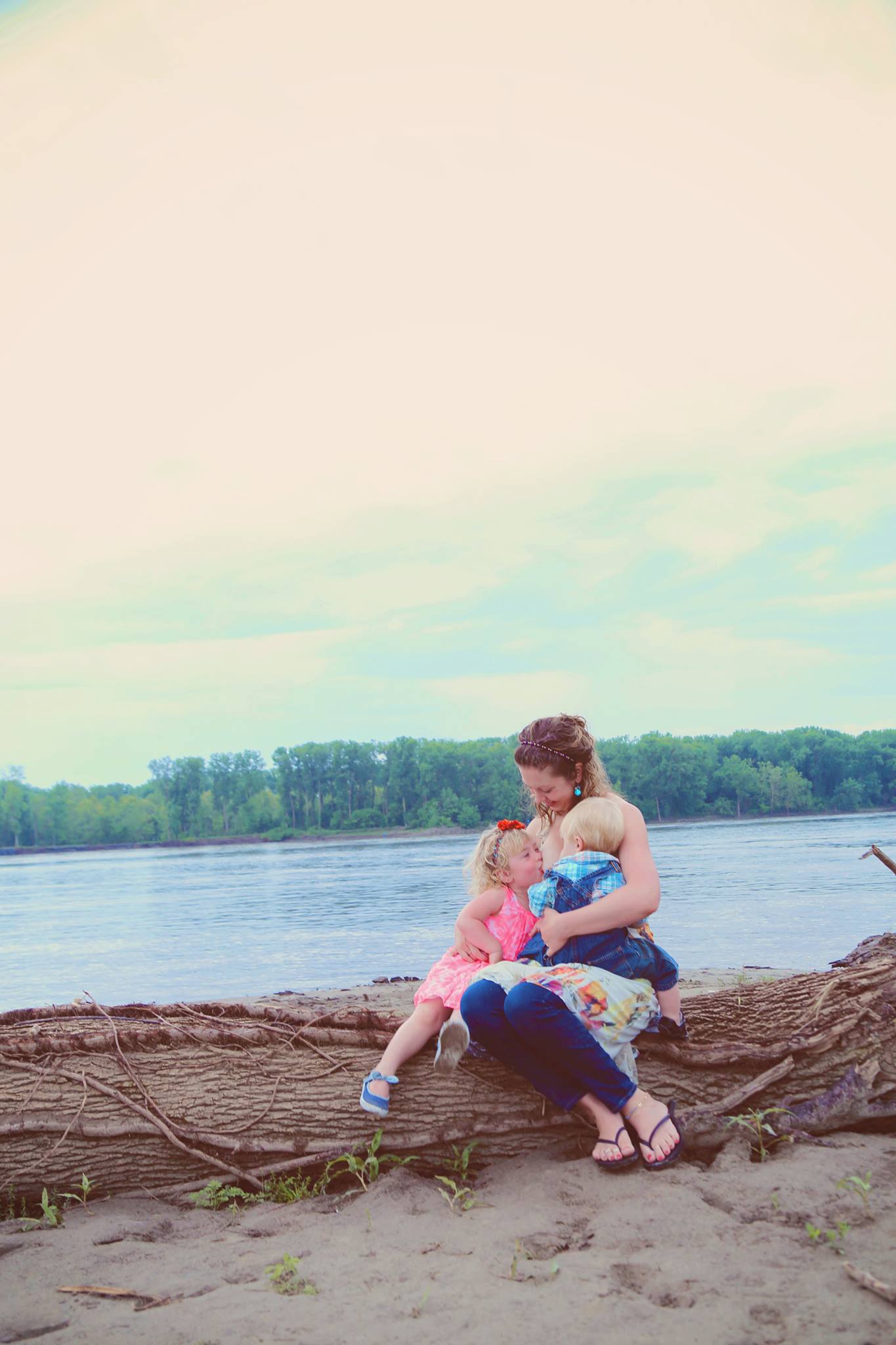For 6 years now with the exception of a 6 month break, I have been breastfeeding one or two of my children. I have three children and have breastfed my older children for 3 years each and my baby for 11 months (so far). By American standards, this may seem like a long time, but it is globally very normal, or even short. Long term breastfeeding is something that I am very passionate about. It has been a journey that has shaped my parenting and profession in many and sometimes unexpected ways.
The benefits of breastfeeding extend long after the first year of life. The World Health Organization currently recommends breastfeeding until the age of 2 years or as long as mutually desired. The American Academy of Pediatrics recommends breastfeeding until age 1 year or “longer as mutually desired by mother and infant.”

Worldwide many children are breastfed to the age of 4 years and beyond with some research suggesting that natural weaning in humans is between age 2 and 7 years. What we know is, each age a child reaches comes with different nutritional needs, and breast milk changes to fit these needs, often meeting 30% of a toddler’s energy requirements. But more than just energy requirements, long term breastfeeding comes with mental, social, emotional and physical health benefits and plays a crucial role in the overall prevention and treatment of disease in early childhood.
Long term breastfeeding is something that I had always considered as a possibility, but I definitely did not go into parenting expecting to do it. Like many new mothers, I took a breastfeeding class at a local hospital, understood some basic positions and thought, “Hey, how hard can this be?” When my daughter Jeana was born 5 weeks early, it became quickly apparent that breastfeeding was harder than I thought. My jaundiced premie did not want to wake for feeds, she couldn’t stay latched without a nipple shield, she lost weight quickly and I had to pump after every single feeding. While breastfeeding was hard, it was also healing. We were blessed not to have any serious medical problems, but were admitted to a hospital on two separate occasions after being sent home in her first week of life. Pumping and nursing (or attempting to nurse) Jeana, gave me something I could do to feel empowered and helpful at a time when I felt very powerless.
After our bumpy transition into parenting, Jeana eventually became a champion nurser, gained weight rapidly and I was able to ditch the nipple shield and enjoy the breastfeeding relationship a little more. Breastfeeding her always hurt a little (which I later found out was due to her tongue tie) but at the time, I didn’t know any different. I nursed Jeana without interruption until she was 14 months old and my pregnancy with my second child, Solomon, began to effect my milk supply. I honestly thought that Jeana would wean at this time, but she was determined not to. And in spite of producing very little milk in pregnancy, Jeana nursed every day until her brother was born. Breastfeeding was our go to after tantrums and to help her cope with developmental transitions even if very few nutritional needs were being met.
My second child, Solomon, was a completely different baby. He was born at 9 and a half pounds and latched and breastfed within minutes of birth. He didn’t lose weight after birth like Jeana because his sister was at the breast with him from his first day of life stimulating my milk supply. I didn’t know anything about tandem nursing, but my daughter Jeana was nowhere near ready to wean, so we went with it. While it was difficult having two children under two, Jeana never seemed bothered by Solomon’s birth. I think breastfeeding helped this transition- she seemed to enjoy having a nursing buddy. We went on to tandem nurse for 16 months. These are 16 months of my life that I remember very little of, probably because it was physically taxing and overwhelming. When Jeana seemed ready to wean at age 3 years, I jumped at the chance because I was tired. I continued nursing Solomon until he turned 3.
When my third baby, Rosa was born, I was studying for my International Board Certified Lactation Consultant (IBCLC) exam. She was a fat, full term baby, who was happy to nurse in my lap at a cafe as I read about breastfeeding. Today, at 11 months, she still enjoys nursing when she’s not trying to crawl after her siblings.
I am thankful for my nursing relationship with each of my children and look forward to helping other mothers achieve their own breastfeeding goals.
Sources:
https://www.who.int/elena/titles/continued_breastfeeding/en/
https://kellymom.com/ages/older-infant/ebf-benefits/
https://www.who.int/pmnch/media/press_materials/fs/fs_mdg4_childmortality/en/










